In ancient times, attitudes about homosexuality varied widely from culture to culture. While the Bible, in the Book of Leviathan, firmly condemned same-sex relations, homosexuality was more tolerated in ancient Egypt.
In the Egyptian necropolis at Saqqara, over 4,000 years old, two men were found buried in the same tomb. Some researchers believe they are history’s first homosexual couple. In ancient Greece, homosexuality was an integral part of the culture.
Greek society had a custom known as pederasty, a homosexual relationship between adult men and boys between the ages of 12 and 18. This man- boy relationship was a rite of passage for all Greek males.
Sex had a secondary role in Greek pederasty. Physical passion was considered an animal instinct, to be hidden and restrained.
Homosexual relationships took the form of a master-pupil bond. A mature man guided and corrected the boy in his progress towards adulthood, teaching him how to become a good citizen. In exchange, the boy gave the adult his beauty and youth.
Sex also reflected this hierarchy. The adult was always active, the boy took on a passive role.
Men involved in these relationships were not homosexual but bisexual. Greeks considered the search for beauty an absolute, regardless of whether the beauty was male or female. There was no difference between making love to a man or to a woman.
By no coincidence, both Greek mythology and history abound with virile warriors engaging in homosexual relationships. For instance, the legendary Achilles and his brother-in-arms Patroclus, or Alexander the Great and his friend Hephaestion.
Ancient Greek culture was deeply male-dominated. Women were excluded from most sectors of society. However, history shows that a female equivalent of pederasty also existed.
The most famous example was poet Sappho, a music and dance teacher, who had sexual relations with her female pupils.
The word lesbian, meaning a homosexual woman, derives from Lesbos, the island where Sappho was born.
In the Egyptian necropolis at Saqqara, over 4,000 years old, two men were found buried in the same tomb. Some researchers believe they are history’s first homosexual couple. In ancient Greece, homosexuality was an integral part of the culture.
Greek society had a custom known as pederasty, a homosexual relationship between adult men and boys between the ages of 12 and 18. This man- boy relationship was a rite of passage for all Greek males.
Sex had a secondary role in Greek pederasty. Physical passion was considered an animal instinct, to be hidden and restrained.
Homosexual relationships took the form of a master-pupil bond. A mature man guided and corrected the boy in his progress towards adulthood, teaching him how to become a good citizen. In exchange, the boy gave the adult his beauty and youth.
Sex also reflected this hierarchy. The adult was always active, the boy took on a passive role.
Men involved in these relationships were not homosexual but bisexual. Greeks considered the search for beauty an absolute, regardless of whether the beauty was male or female. There was no difference between making love to a man or to a woman.
By no coincidence, both Greek mythology and history abound with virile warriors engaging in homosexual relationships. For instance, the legendary Achilles and his brother-in-arms Patroclus, or Alexander the Great and his friend Hephaestion.
Ancient Greek culture was deeply male-dominated. Women were excluded from most sectors of society. However, history shows that a female equivalent of pederasty also existed.
The most famous example was poet Sappho, a music and dance teacher, who had sexual relations with her female pupils.
The word lesbian, meaning a homosexual woman, derives from Lesbos, the island where Sappho was born.
RELATED


VIRGO


ELECTRONIC MUSIC


ESKIMOS


TAURUS


THE PHILOSOPHER'S STONE
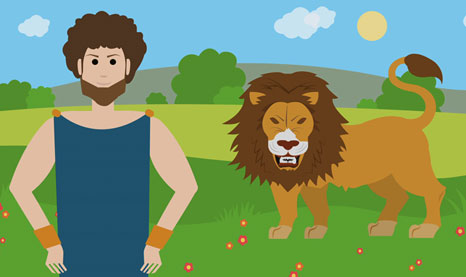

LEO
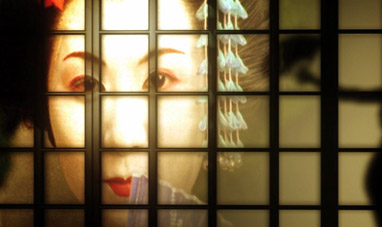

THE GEISHA


PISCES


CHRISTIANITY
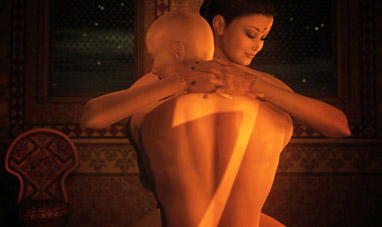

SEX IN THE KAMASUTRA


SANTA CLAUS


THE WAR OF THE WORLDS


THE ILIAD


JAZZ
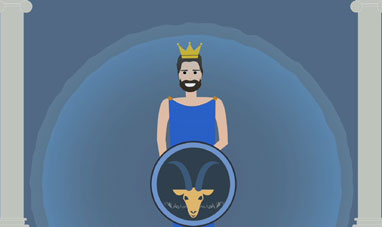

CAPRICORN
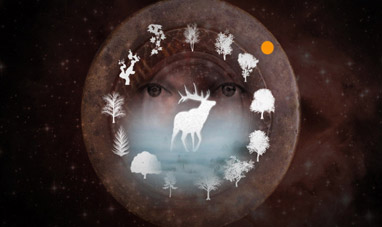

THE CELTIC HOROSCOPE


ANNA KARENINA
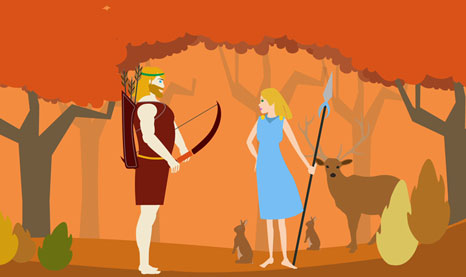

SCORPIO


BERBERS


THE ODYSSEY
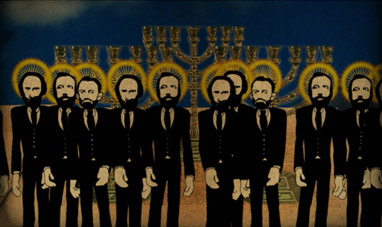

MORMONS


MOBY-DICK


HIP HOP


EASTERN ORTHODOX CHRISTIANITY


MAYAN HOROSCOPE, THE


MEDEA


GEMINI


REGGAE


HEAVY METAL


BLUES


ROCK


HINDUISM
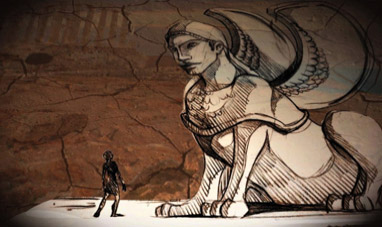

OEDIPUS
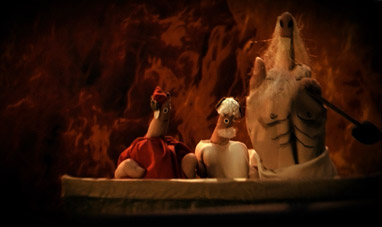

DIVINE COMEDY, INFERNO
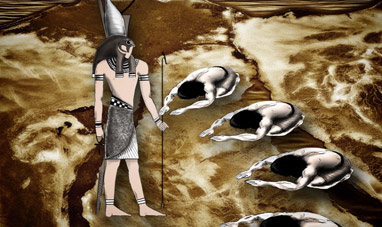

EGYPTIAN MYTHOLOGY
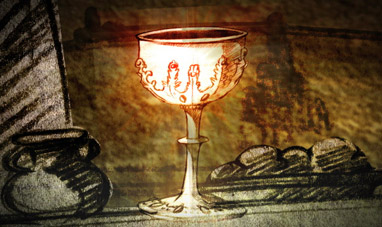

HOLY GRAIL, THE
